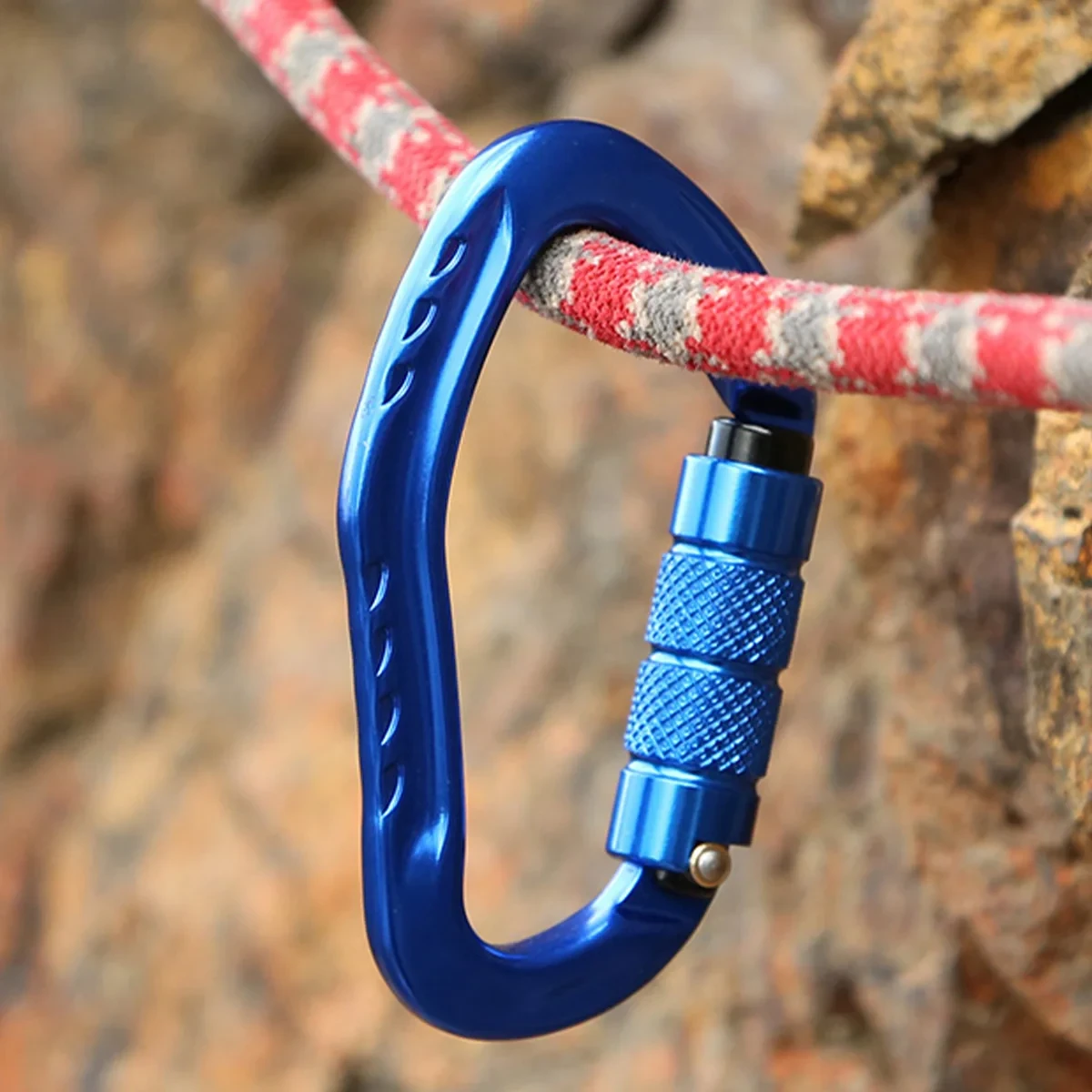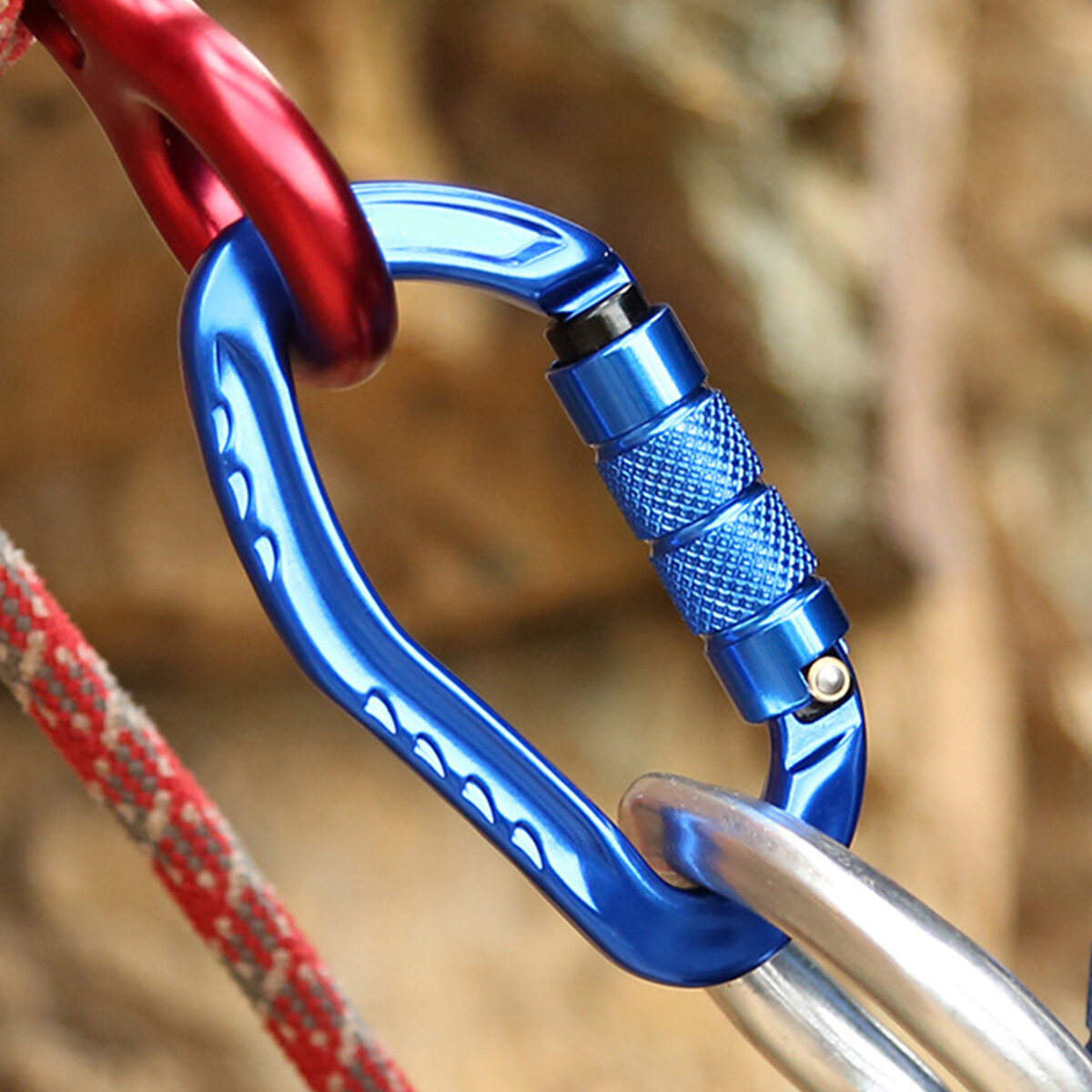Email format error
Email cannot be empty
Email already exists
6-20 characters(letters plus numbers only)
The password is inconsistent
Email format error
Email cannot be empty
Email does not exist
6-20 characters(letters plus numbers only)
The password is inconsistent


Rock climbing is a thrilling and challenging outdoor activity that demands both physical prowess and proper safety measures. As climbers ascend cliffs and rocky surfaces, having the right safety equipment can mean the difference between a successful climb and potential accidents. Among the essential gear, the rock climbing carabiner stands out as a crucial piece that ensures climbers stay securely connected to ropes and protection devices. In this blog, we will explore the importance of the rock climbing carabiner and its role as an indispensable safety tool in the world of rock climbing.

The Rock Climbing Carabiner: A Vital Safety Link
Connecting Climbers to Anchors and Ropes:
The primary function of a rock climbing carabiner is to connect climbers to anchors and ropes. Climbers use carabiners to attach their harnesses to anchors fixed in the rock, creating a secure point of attachment during a climb. Additionally, they are used to join climbing ropes to harnesses, allowing climbers to ascend and descend safely.
Types of Carabiners:
There are two main types of carabiners used in rock climbing: the non-locking carabiner and the locking carabiner. Non-locking carabiners, often referred to as quickdraws, are used for fast and easy clipping of ropes to protection devices and anchors. Locking carabiners, on the other hand, have a gate that can be manually locked, providing an extra level of security by preventing accidental opening during a climb.
Gate Designs:
Carabiners come in different gate designs - straight gate, bent gate, and wire gate. Straight gate carabiners are standard and easy to clip, making them suitable for various uses. Bent gate carabiners have a curved gate, which allows for easier rope clipping, especially during quick movements. Wire gate carabiners are lightweight and less prone to freezing in cold conditions, making them ideal for alpine climbing.
Strength and Material:
Rock climbing carabiners are designed to withstand immense forces, ensuring reliability during falls and weight-bearing situations. They are typically made from high-strength materials like aluminum or steel, providing excellent durability without adding unnecessary weight to the climber's gear.
Safety Checks and Maintenance: Regular safety checks and proper maintenance of carabiners are crucial to ensure their continued effectiveness. Climbers should inspect their carabiners for any signs of wear, sharp edges, or gate malfunctions before every climb. Additionally, carabiners should be kept clean and dry to prevent dirt or debris from interfering with their functionality.
Conclusion
As the lifeline between climbers and the rock face, the rock climbing carabiner is an indispensable piece of safety equipment for any climbing adventure. Its role in securely connecting climbers to ropes and anchors cannot be overstated, providing a sense of confidence and assurance during challenging climbs. Climbers must carefully choose the right type of carabiner for their specific needs, ensuring proper function and compatibility with other gear. Moreover, regular safety checks and maintenance are essential to keep carabiners in optimal condition, ensuring they perform flawlessly when it matters most.
Before embarking on any climbing expedition, seasoned climbers and beginners alike must understand the significance of the rock climbing carabiner and its critical role in their safety. With the right equipment and a focus on safety, climbers can fully immerse themselves in the exhilaration of rock climbing while minimizing risks and enjoying the breathtaking views that come with conquering vertical heights.